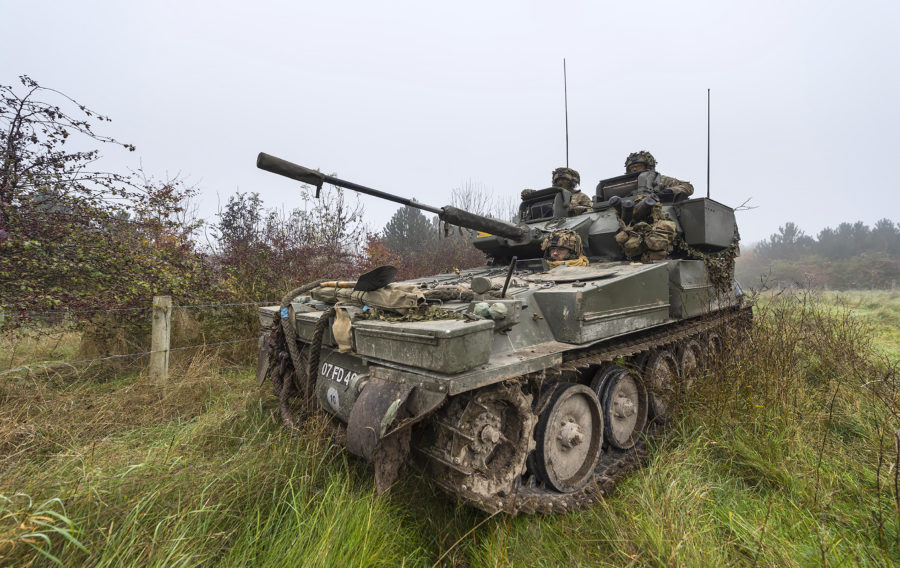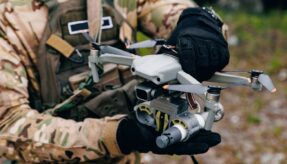
The Defence Science and Technology Laboratory (Dstl) has selected Leonardo to spearhead a team of UK companies in work that will help protect British Army vehicles against current and future weapons.
Under a Technology Demonstrator Programme (TDP) called ‘Icarus’, the team will develop and demonstrate a way to affordably integrate ‘best of breed’ technologies in a category known as ‘Active Protection Systems’ (APS), preparing them for deployment across the Army’s fleet of land vehicles.
Part of the TDP will see the Leonardo team demonstrate and evaluate an operational prototype against ‘live fire’ weapon engagements. Team members working with Leonardo to deliver the Icarus TDP are BAE Systems, Lockheed Martin UK, Ultra Electronics, Frazer-Nash, Brighton University, Abstract Solutions, Roke Manor Research and SCISYS.
The project is responding to an operational environment where armour by itself will not be sufficient to defend against the capabilities of future weapon systems, in particular threats such as Rocket Propelled Grenades (RPGs) and Anti-Tank Guided Weapons (ATGW).
In order to counter this growing threat, a number of Active Protection Systems (APS) technologies have been developed by industry and are available as off-the-shelf solutions to supplement the physical protection that is offered by an armoured vehicle.
APS technologies generally fall into either of two categories: ‘soft’ APS solutions that are focused on early threat detection and which attempt to disrupt, decoy or spoof the incoming threat and ‘hard’ APS systems that seek to defeat the incoming weapon system by physically intercepting it, known in military terminology as a ‘kinetic effect’.
Whilst these APS technologies are currently available and will continue to be developed by industry, it is clear that no single solution is suited to every threat scenario or indeed all threats.
The key challenge is to be able to rapidly and affordably tailor a vehicle’s combination of APS technologies to optimise survivability prior to, or during, deployment.
Against this backdrop, the primary objective of the Icarus TDP is to develop and demonstrate a UK sovereign Modular, Integrated Protection System (MIPS) Electronic Architecture (EA) that enables “best of breed” APS sensors and countermeasures to be selected, integrated and deployed as necessary to defeat a wide range of current and future battlefield weapon threats. Not only must the architecture be easy to use, it must also be affordable and dependable and ultimately form the basis of a new MIPS defence standard, similar in principle to that which has been developed for the UK Generic Vehicle Architecture (GVA) standard.
If you would like to join our community and read more articles like this then please click here.
Active Protection Systems APS British Army Defence Science and Technology Laboratory Dstl







